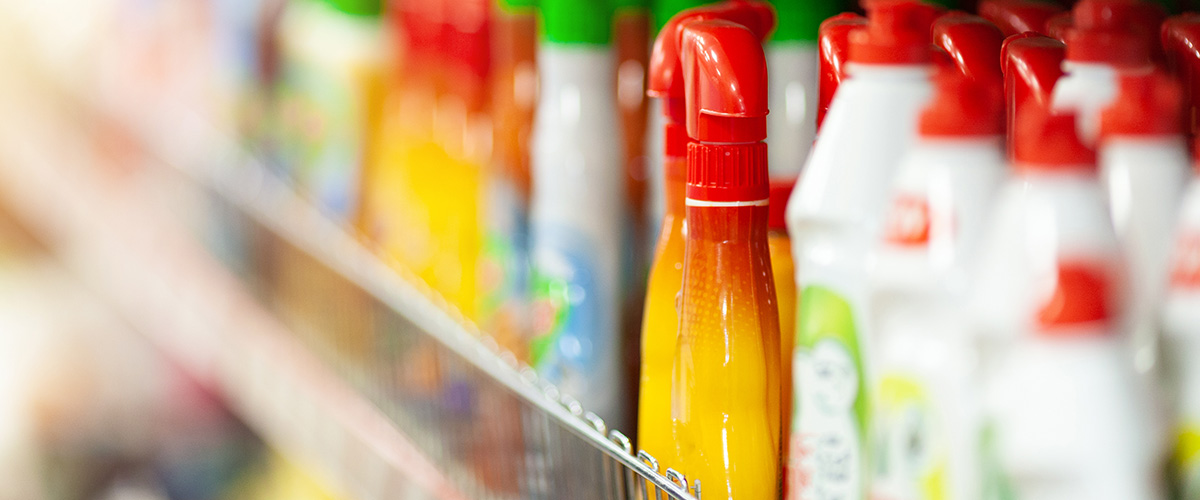Your updates on the chemicals and plastics industries are here to prepare you for spring cleaning this season.
Spring has officially begun, and with that comes the common tradition involving deep cleaning or decluttering after the long winter season: spring cleaning. Our Senior Underwriter Angela Schulte gave insight into the chemicals and plastics industries going into the warmer seasons this year.
While spring cleaning may seem simple, it’s important to consider the impact of our cleaning products and materials on the environment. The industries face some challenges, big and small. Many of these challenges revolve around environmental concerns such as the large task to reduce greenhouse gas emissions to meet tighter environmental requirements within the chemical sector and achieve synergies by seamlessly integrating acquisitions.
Concerning the plastics industry, more specifically, there’s a large social concern about reducing plastic waste. Plastics have and continue to have an important role in supply chains globally despite companies’ efforts to move away from single-use plastics. By 2025, over 80% of global consumer packaged goods packaging and retail companies aim to incorporate 15 – 50% recycled content in their packaging. The plastics industry will also face more backlash. These points reflect the ongoing shift towards a more environmentally friendly and sustainable approach.
The demand for plastics stayed stable in 2022 and is expected to remain the same or improve slightly this year. The semiconductor shortage will continue to affect growth in the auto industry and related plastics demand. Virgin resin manufacturers have made significant investments recently in advanced recycling plants, which will push plastics recycling to experience substantial growth.
Overall, the chemical industry is faring well in 2023, as the plastics sector is a subsector within. While the US Chemical production expanded in early 2022, it also began to face slower growth later in the year. In 2023, the chemical output is expected to fall to 1.2%, driven mainly by a deceleration in end-use markets and headwinds for US export from a higher dollar and lower global growth. Despite this slower growth, the industry still holds an advantage due to the domestic production of natural gas and natural gas liquids.
Plastics
How Does Credit Insurance Protect Plastics and Chemicals Businesses?
Explore how credit insurance can help your business stay alert for changing industry trends, help offset the risks in the supply chain, and more.
Learn MoreGet in Touch
Looking For a FREE Quote?
Obtaining a free Trade Credit Insurance quote or just some more information is fast and easy! Get in touch with us today.
Get Started Call 800-822-3223The industry has remained at a stable “fair” outlook in the past few years. As the industry is fragmented, specific subsectors are hit harder than others. Currently, fertilizer prices have increased dramatically from the impact of the Russia/Ukraine war, as Russia is a major fertilizer exporter.
There’s a lot of ongoing conversation surrounding oil and gas prices which are expected to continue to drop. Energy costs compromise a substantial portion of the overall costs faced by chemical producers. Higher oil prices put more pressure on margins; therefore, lower oil and gas prices will benefit the industry.
Overall, the chemicals and plastics industries are maintaining a steady level of demand. There are areas of expected growth and foreseeable challenges. Maybe this is the year to refrain from re-fertilizing your garden and using aerosol cans. Instead, focus more on recycling and composting.


